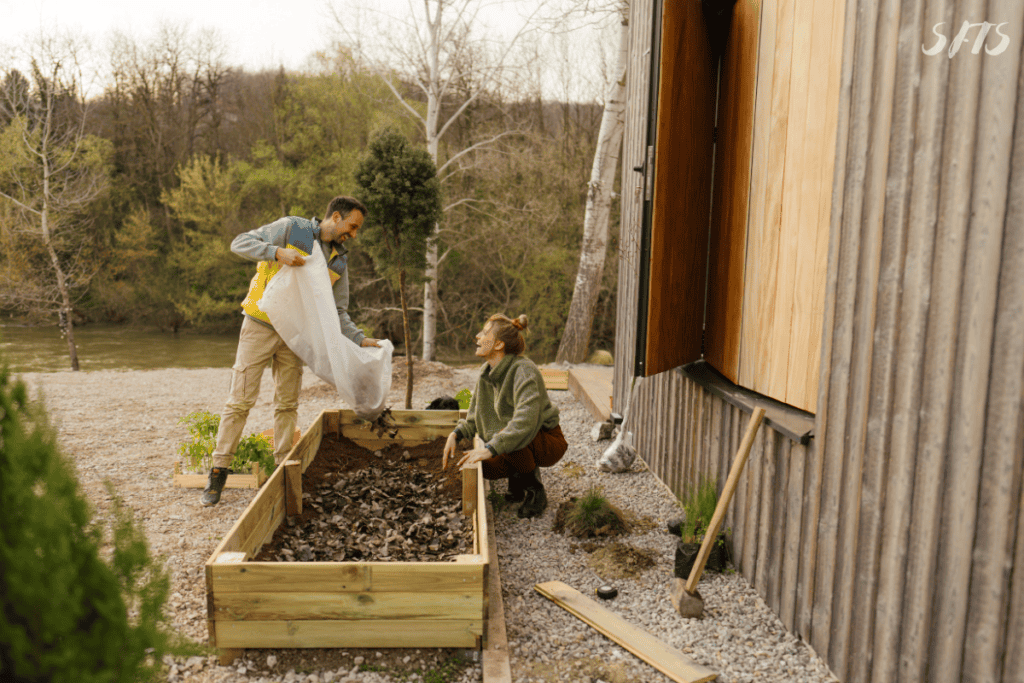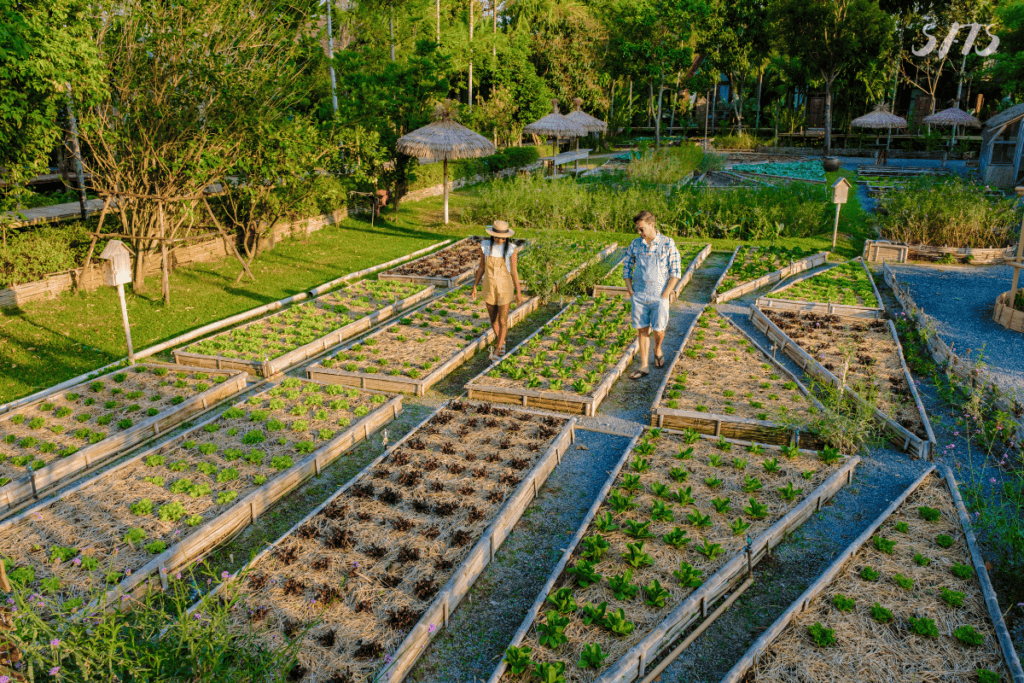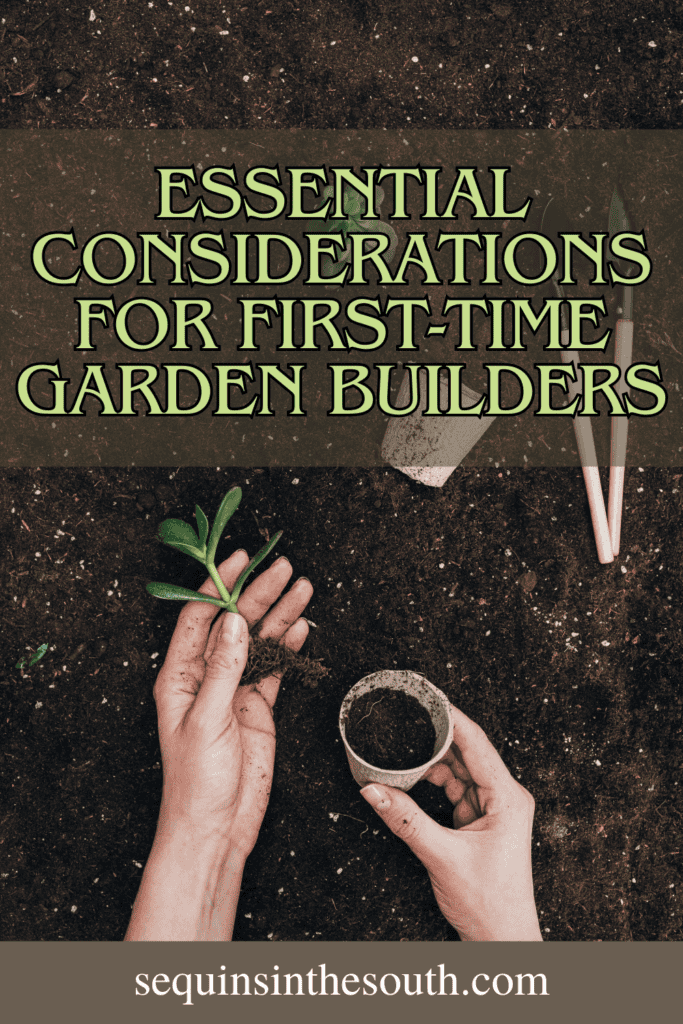Having a garden can bring numerous benefits to your life. Not only does it provide you with fresh and nutritious produce, but it also allows you to connect with nature and enjoy the therapeutic benefits of gardening. However, in order to have a successful garden, proper planning and preparation are essential. This article will guide you through the process of creating and maintaining a thriving garden, from assessing your space to harvesting your crops.

Assessing Your Space: How to Determine the Best Location for Your Garden
Before you start digging, it’s important to assess your space and determine the best location for your garden. One of the most important factors to consider is sunlight. Most vegetables and flowers require at least six hours of direct sunlight per day, so choose a spot that receives ample sunlight throughout the day. Additionally, consider the quality of your soil and its drainage capabilities. Soil that is too compacted or has poor drainage can lead to waterlogged roots and plant diseases. Lastly, take into account any existing structures or trees that may cast shade on your garden.
When choosing the best location for your garden, there are a few tips to keep in mind. First, avoid areas that are prone to flooding or have poor drainage. Standing water can drown plants and promote the growth of mold and fungus. Second, consider the proximity to a water source. It’s important to have easy access to water for irrigation purposes.
Choosing the Right Soil: Understanding the Importance of Soil Quality
The quality of your soil plays a crucial role in the success of your garden. Different types of soil have different characteristics that can affect plant growth. The three main types of soil are clay, sandy, and loamy. Clay soil is heavy and retains water, making it prone to becoming compacted and waterlogged. Sandy soil, on the other hand, drains quickly and is low in nutrients. Loamy soil is considered the ideal type of soil for gardening as it has a balanced texture and good drainage.
To determine the type of soil you have, you can perform a simple soil test. Take a handful of soil from your garden and squeeze it in your hand. If it forms a tight ball that doesn’t crumble easily, you have clay soil. If it falls apart immediately, you have sandy soil. If it holds together but crumbles easily, you have loamy soil. Once you know the type of soil you have, you can make necessary amendments to improve its quality. For example, if you have clay soil, you can add organic matter such as compost or peat moss to improve drainage.
Selecting Your Plants: Tips for Picking the Best Vegetables and Flowers
When selecting plants for your garden, it’s important to choose varieties that are suited to your climate and soil type. Different plants have different requirements in terms of sunlight, temperature, and water. Research the specific needs of each plant before making your selection. Additionally, consider the size and growth habit of the plants. Some plants, such as tomatoes and cucumbers, require trellising or staking for support.
When purchasing plants, it’s important to select healthy specimens. Look for plants that have vibrant green leaves and no signs of pests or diseases. Avoid plants that are wilted or have yellowing leaves as these may be signs of stress or nutrient deficiencies. It’s also a good idea to check the roots of the plant. Healthy roots should be white or light-colored and firm to the touch.
Planning Your Layout: Creating a Design that Works for Your Space
Planning your garden layout is an important step in maximizing space and sunlight. Consider the size and shape of your garden space and how much room each plant will need to grow. Group plants with similar requirements together to make watering and maintenance easier. Additionally, consider the height of the plants and their potential to shade other plants. Taller plants should be placed towards the back of the garden to avoid shading smaller plants.
When planning your layout, it’s also important to consider crop rotation. Rotating crops from year to year helps prevent the buildup of pests and diseases in the soil. Avoid planting the same family of plants in the same spot year after year. Instead, rotate crops so that plants from different families are planted in each spot every year.

Building Your Beds: Step-by-Step Instructions for Constructing Raised Garden Beds
Raised garden beds offer numerous benefits for your garden. They provide better drainage, prevent soil compaction, and make it easier to control weeds. To build your own raised garden beds, follow these step-by-step instructions:
1. Choose a location for your raised beds that receives ample sunlight.
2. Measure and mark the dimensions of your beds using stakes and string.
3. Dig a trench around the perimeter of your beds to create a border.
4. Fill the beds with a mixture of topsoil, compost, and organic matter.
5. Smooth out the soil surface and water thoroughly before planting.
Watering Your Garden: Essential Tips for Keeping Your Plants Hydrated
Proper watering techniques are essential for keeping your plants healthy and hydrated. The amount of water your garden needs will depend on factors such as temperature, humidity, and soil type. As a general rule, most plants require about 1 inch of water per week, either from rainfall or irrigation.
When watering your garden, it’s important to water deeply and infrequently rather than shallowly and frequently. This encourages deep root growth and helps plants become more drought-tolerant. Water in the early morning or late afternoon when temperatures are cooler to minimize evaporation.
Fertilizing Your Soil: Understanding the Basics of Soil Nutrition
Soil nutrition is crucial for the health and productivity of your garden. Plants require a balance of essential nutrients such as nitrogen, phosphorus, and potassium to grow and thrive. The best way to determine the nutrient needs of your soil is to perform a soil test. This will provide you with information about the pH level and nutrient content of your soil.
Once you know the nutrient needs of your soil, you can choose the right fertilizer to meet those needs. There are two main types of fertilizers: organic and synthetic. Organic fertilizers are derived from natural sources such as compost, manure, and bone meal. They release nutrients slowly over time and improve soil structure. Synthetic fertilizers, on the other hand, are made from chemical compounds and provide nutrients in a readily available form.
Dealing with Pests and Weeds: How to Keep Your Garden Healthy and Pest-Free
Pests and weeds can wreak havoc on your garden if left unchecked. Common garden pests include aphids, slugs, snails, and caterpillars. Weeds can compete with your plants for nutrients and water, stunting their growth.
To prevent pest and weed problems, it’s important to practice good garden hygiene. Keep your garden clean and free of debris that can harbor pests and diseases. Remove weeds as soon as they appear to prevent them from spreading. Additionally, encourage beneficial insects such as ladybugs and lacewings that feed on pests.
If pest or weed problems do arise, there are several methods you can use to control them. For pests, you can try using organic insecticides or physical barriers such as row covers or netting. For weeds, hand-pulling or using mulch can be effective methods of control.
Conclusion
In conclusion, proper planning and preparation are essential for a successful garden. Assessing your space, choosing the right soil, selecting the best plants, planning your layout, building raised beds, watering properly, fertilizing adequately, dealing with pests and weeds, harvesting at the right time, and enjoying the fruits of your labor are all important steps in creating and maintaining a thriving garden. By following these guidelines, you can create a beautiful and productive garden that brings joy and nourishment to your life. So start planning your garden today and reap the rewards of your hard work and dedication.

Leave a Reply